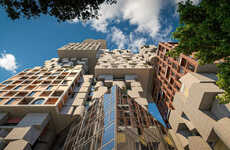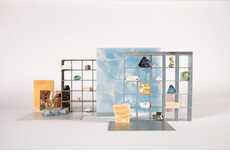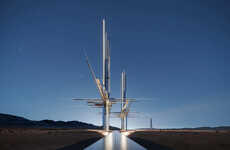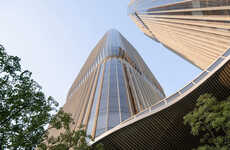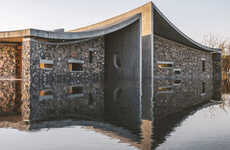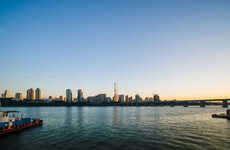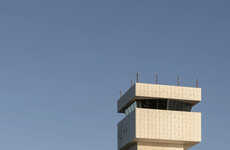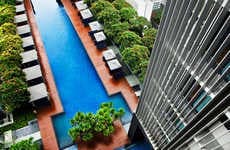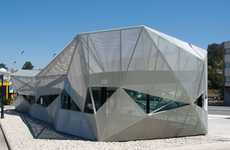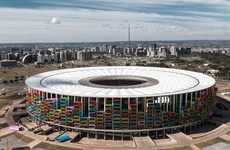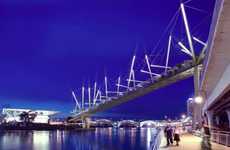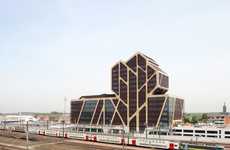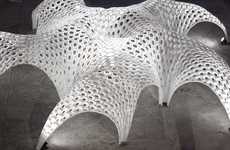
The Oxymoron Skyscraper Explores the Paradox of Solidity
Amelia Roblin — November 14, 2013 — Art & Design
References: linkedin & suckerpunchdaily
One of the most basic lessons that you're learn in an architectural lecture is that the absence of material deserves as much attention as the physical structure of an edifice. The Oxymoron skyscraper study really digs deep into this solid and void relationship with influential roots in the geology of the planet.
Luca Pedrielli proposes this tower for Shenzhen, China, looking like something out of science fiction. It's irregular in both form and surface and appears somehow both futuristic and incredibly organic. The designer speaks of his project as a contradiction. The Oxymoron skyscraper manifests as "erosion, a sort of creative destruction, the construction of space through matter subtraction." It is a backwards and compelling way of approaching the art and science of building.
Luca Pedrielli proposes this tower for Shenzhen, China, looking like something out of science fiction. It's irregular in both form and surface and appears somehow both futuristic and incredibly organic. The designer speaks of his project as a contradiction. The Oxymoron skyscraper manifests as "erosion, a sort of creative destruction, the construction of space through matter subtraction." It is a backwards and compelling way of approaching the art and science of building.
Trend Themes
1. Erosion Architecture - Architecture that prioritizes absence of material as much as physical structure, creating futuristic and organic-looking buildings.
2. Creative Destruction - The concept of building through matter subtraction creates new opportunities for architects and builders to challenge traditional structures.
3. Irregular Form Architecture - Breaking away from traditional form and function in architecture creates unique and bold buildings that challenge the norm and drives innovation.
Industry Implications
1. Architecture - The industry can embrace creative destruction and implement erosion architecture in building design to create unique structures.
2. Construction - The construction industry can partner with architects to challenge traditional forms of buildings by promoting erosion architecture and irregular form in structures.
3. Real Estate - Real estate professionals can leverage erosion architecture and unique building designs to attract buyers and renters who crave unique and innovative living spaces.
6.3
Score
Popularity
Activity
Freshness

